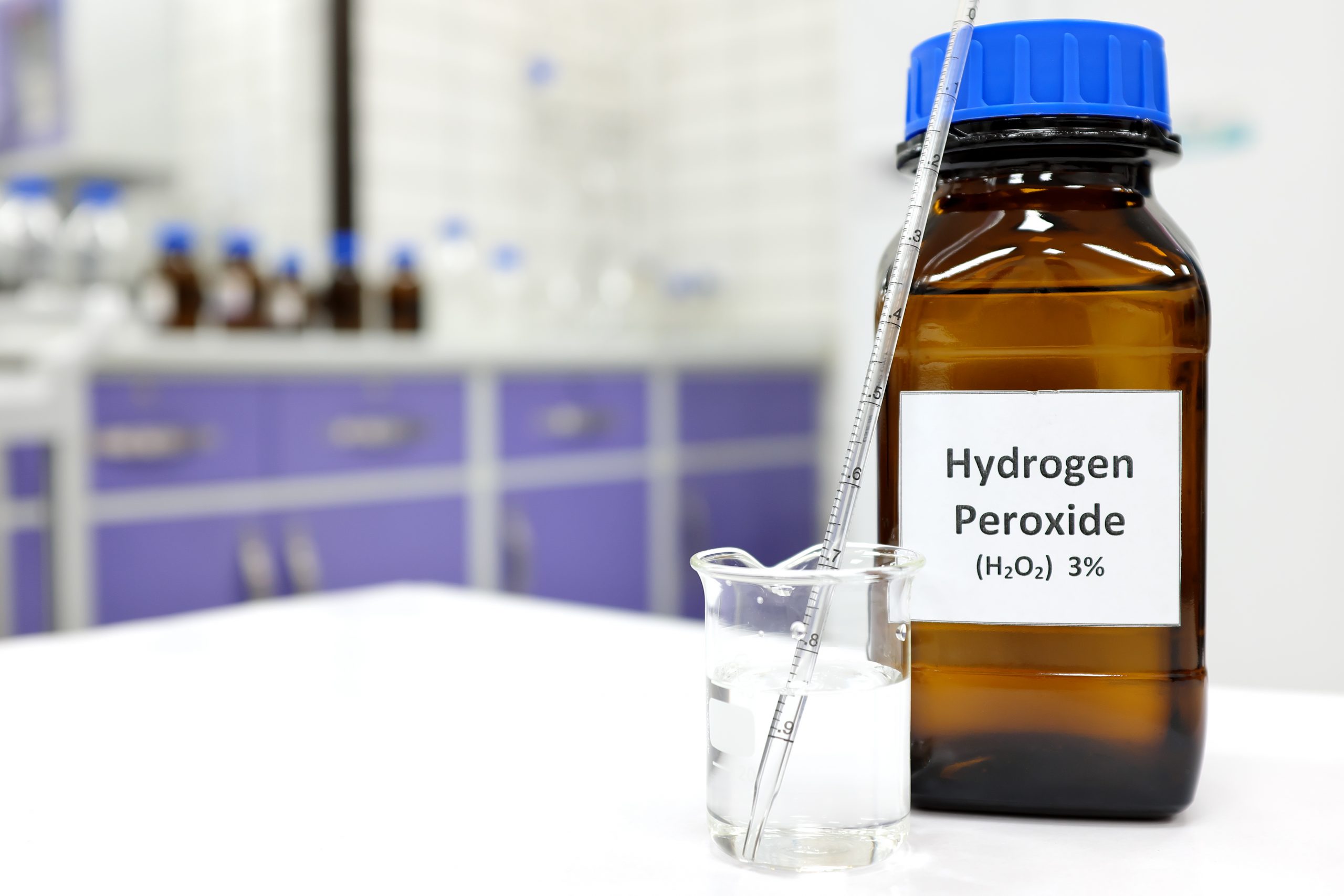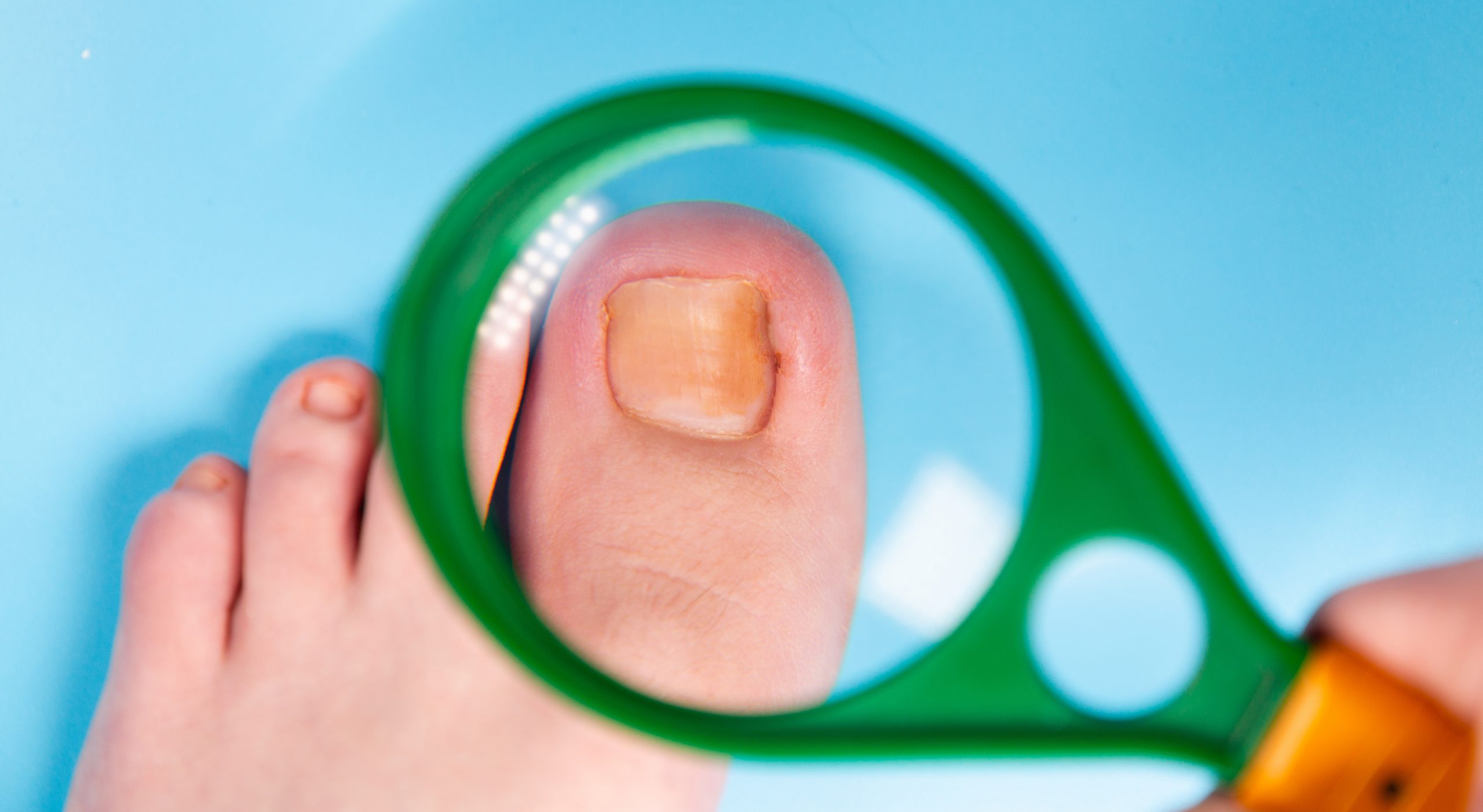Toenail fungus, also known as onychomycosis, is a common condition that affects many individuals. It can cause discoloration, thickening, and brittleness of the nails, leading to discomfort and embarrassment. While there are various treatment options available, hydrogen peroxide has gained attention for its potential effectiveness in treating toenail fungus. In this article, we will explore the role of hydrogen peroxide in treating toenail fungus and provide insights into its application and effectiveness.
- Antifungal Properties:
Hydrogen peroxide possesses potent antifungal properties, making it a promising solution for combating toenail fungus. It works by releasing oxygen upon contact with infected tissues, creating an environment that is hostile to fungal growth. Hydrogen peroxide’s ability to eliminate fungi is attributed to its oxidative properties, which help break down the cell walls of the fungus and disrupt its growth and replication. This makes it an effective topical treatment option for toenail fungus.
- Easy and Convenient Application:
Hydrogen peroxide is readily available and easy to use, making it a convenient treatment option for toenail fungus. It is typically applied topically by soaking the affected nails in a hydrogen peroxide solution or by directly applying the solution to the nails using a cotton ball or swab. The simplicity of the application allows individuals to incorporate hydrogen peroxide treatment into their daily routine without significant inconvenience.
- Cost-Effective Treatment:
Treating toenail fungus can be a lengthy and costly process. Prescription medications and other treatments can be expensive and may require prolonged use. Hydrogen peroxide, on the other hand, is an affordable over-the-counter option that offers a cost-effective solution for managing toenail fungus. It provides individuals with an accessible treatment option that can be used for an extended period without excessive financial burden.
- Potential Side Effects and Precautions:
While hydrogen peroxide is generally safe for topical use, it is important to exercise caution and follow proper application guidelines. Concentrated hydrogen peroxide solutions can cause skin irritation and should be diluted before use. Some individuals may experience temporary skin sensitivity or discoloration when using hydrogen peroxide. It is recommended to consult with a healthcare professional or dermatologist before starting hydrogen peroxide treatment, especially if you have sensitive skin or any underlying medical conditions.
- Complementary Treatment Option:
Hydrogen peroxide can be used as a complementary treatment alongside other antifungal therapies for toenail fungus. It can enhance the effectiveness of other treatments or serve as a maintenance option to prevent recurrence. Combining hydrogen peroxide treatment with proper nail care, such as keeping nails trimmed and dry, using antifungal powders or creams, and wearing breathable footwear, can maximize the chances of successful treatment and reduce the risk of reinfection.
- Consistency and Patience:
Treating toenail fungus requires consistency and patience, regardless of the treatment method used. Hydrogen peroxide is no exception. It may take several weeks or months of regular use to see noticeable improvements in the appearance and health of the affected nails. Consistently applying hydrogen peroxide, following proper hygiene practices, and maintaining overall foot health are essential for achieving positive outcomes in the treatment of toenail fungus.
- Prevention is Key:
While hydrogen peroxide can be effective in treating toenail fungus, prevention is always better than cure. Toenail fungus often thrives in warm, moist environments, such as public showers and swimming pools. To prevent infection, it is important to keep feet clean and dry, wear breathable shoes and socks, avoid sharing personal items like nail clippers and towels, and regularly inspect and care for your nails. By adopting preventive measures, you can












